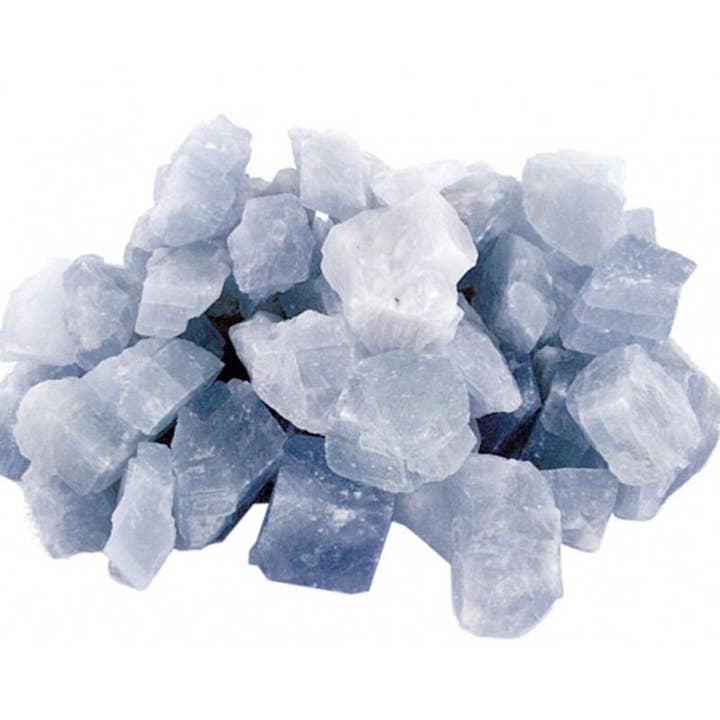Similar products
Similar products

Wholesale Blue Calcite Brazil A (raw stone)
Wholesale Blue Calcite Brazil A (raw stone)
Wholesale Blue Calcite Brazil A (raw stone)
Wholesale Blue Calcite Brazil A (raw stone)
WSP
$2.00 MSRP
Shipping & policies
- Estimated delivery Nov 3-12
Free and easy returns. Learn more
With Faire, shop unique wholesale products for your store from brands like La Boîte à Cailloux and more.
Description
CALB-B-01 Origin: Brazil Grade: A Dimensions: 05-10g - Approximately 15-25mm 10-20g - Approximately 20-30mm 20-30g - Approximately 30-40mm 30-40g - Approximately 40-50mm Raw blue calcite from Brazil Sold individually. Weight from 5-10g to 30-40g Colors and shapes may vary from one stone to another. Calcite is a chemical mineral forming a large family with many colors. Calcite forms in deposits on the mud bottom of an ocean or a salt lake. These deposits are mainly composed of liquid calcium, shells, and algae debris. They gradually solidify during diagenesis (transformation of sediments into sedimentary rock). The resulting rock is mainly limestone and calcite minerals. Like many stones in the carbonate family, calcite stone comes in various colors. Indeed, it exists in yellow (or honey), orange, green, or blue. It has various inclusions such as iron, zinc, copper, lead, manganese, aluminum, nickel, etc. The shades of this stone vary depending on these inclusions, the presence of various trace elements, or different minerals. Blue calcite is mainly composed of natural calcium carbonate. Carbon and manganese can also be found. Blue calcite is opaque. Moreover, its color can vary from very light blue to darker blue or turning gray, more or less shiny. Calcite stones may contain white streaks or other blue bands. Very common on earth, calcite forms, like marble, in metamorphic rocks and limestone rocks. There are no legends or myths related to calcite, regardless of its color. Calcite is a name derived from the Latin "khalx," meaning lime. Mineralogy experts have traced blue calcite back to antiquity. During archaeological excavations in Egypt, many objects were discovered in calcite of various colors. Later, the stone was often confused or even renamed "limestone spar," "androdamas," "drewite," or "aphrite." Thus, in the 17th century, many researchers were charmed by calcite and its property of birefringence, a physical property that allows light to be diffused into two distinct light rays. Thus, in 1669, the Dane Rasmus Bartholin was captivated by a colorless variety "Iceland spar." Many studies were then conducted on this calcite stone, notably by Gabriel Delafosse in 1840, who invented crystallography. Nowadays, calcite is used in the manufacture of lime, cement, and construction materials. It is found in many industries, glassmaking, metallurgy, and the chemical industry. It is even used in the manufacture of certain fertilizers.
This info has been automatically translated.
Details
SKU: CALB-B-0105-10 Made in France Weight: 20 g (0.71 oz)






















